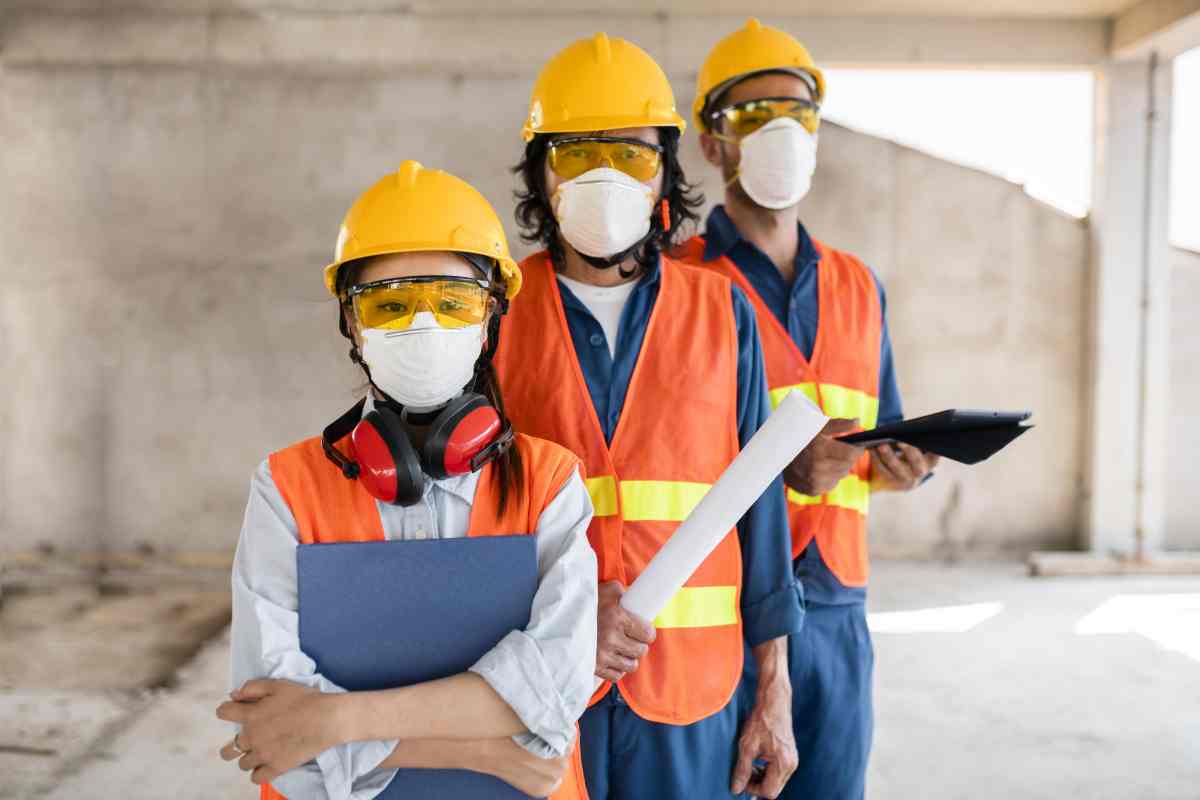Preventing Workplace Accidents: Proactive Measures for Employers and Employees

Imagine you’re working in a warehouse and notice that some of the storage shelves are starting to buckle under the weight of heavy boxes. You could ignore it and hope for the best, but what if those shelves collapse and someone gets injured?



Even though you’re not in charge of maintenance, reporting this hazard to your supervisor or the safety team is crucial. It’s about preventing accidents and keeping everyone safe.

It’s crucial to remain vigilant for potential dangers in diverse workplaces with various operations. When you notice something unsafe, speaking up becomes essential. Your proactive approach could be the difference in preventing accidents and fostering a secure environment.

Who Holds Responsibility for Workplace Health and Safety?

Business owners and employers are responsible for maintaining a safe and healthy workplace. Taking care of employees and others in the office, like visitors and customers, isn’t just a responsibility, it’s a legal requirement.
Employers are the key decision-makers in an organization. They are entrusted with creating and maintaining a safe working environment. They have the necessary resources and authority to implement effective health and safety measures.

However, workplace safety is a shared responsibility. Each team member must actively participate in maintaining occupational health and safety standards. Everyone must understand safety protocols, their roles, and the overall safety culture within the organization.
Today, take the first step towards a brighter future with NEBOSH and Green World Group!
Establishing apparent health and safety management systems can help businesses quickly identify and address potential risks. This proactive approach ensures employees’ well-being and helps minimize disruptions to business operations. Ultimately, prioritizing workplace health and safety benefits everyone involved.

Workplace health and safety requirements can differ significantly across various industries and businesses. While some organizations may find simple measures like using wet floor signs or maintaining good housekeeping practices sufficient, others may require more extensive and rigorous protocols to ensure utmost safety.
In essence, the responsibilities of both employees and employers regarding health and safety hinge on several factors:
Industry

The specific industry in which the organization operates dramatically influences the health and safety protocols that must be implemented. For example, a construction site will have vastly different safety requirements than a retail store.

Size and Scope of Operations

The scale and complexity of business operations also play a crucial role. Larger enterprises with more employees and intricate processes may need more elaborate safety measures than smaller businesses.

Organizational Structure

The business structure, including hierarchies and reporting lines, can impact how health and safety responsibilities are distributed and enforced.

Employees’ Responsibilities

Employers’ Responsibilities

By fulfilling these responsibilities, employees and employers contribute to creating a workplace environment that prioritizes health and safety for everyone involved.

Safety First, Success Follows : Elevate Workplace Well-being with Green World Group

The well-being of employees and the success of the organization depends upon the prioritization of health and safety in the workplace. Organizations can ensure comprehensive training, clear communication, and a commitment to employee wellness by partnering with Green World Group. With expert consultation and a focus on teamwork, organizations can minimize risks, prevent accidents, and foster a safety culture. Let’s uphold the key to safety and create a healthier, safer work environment.






